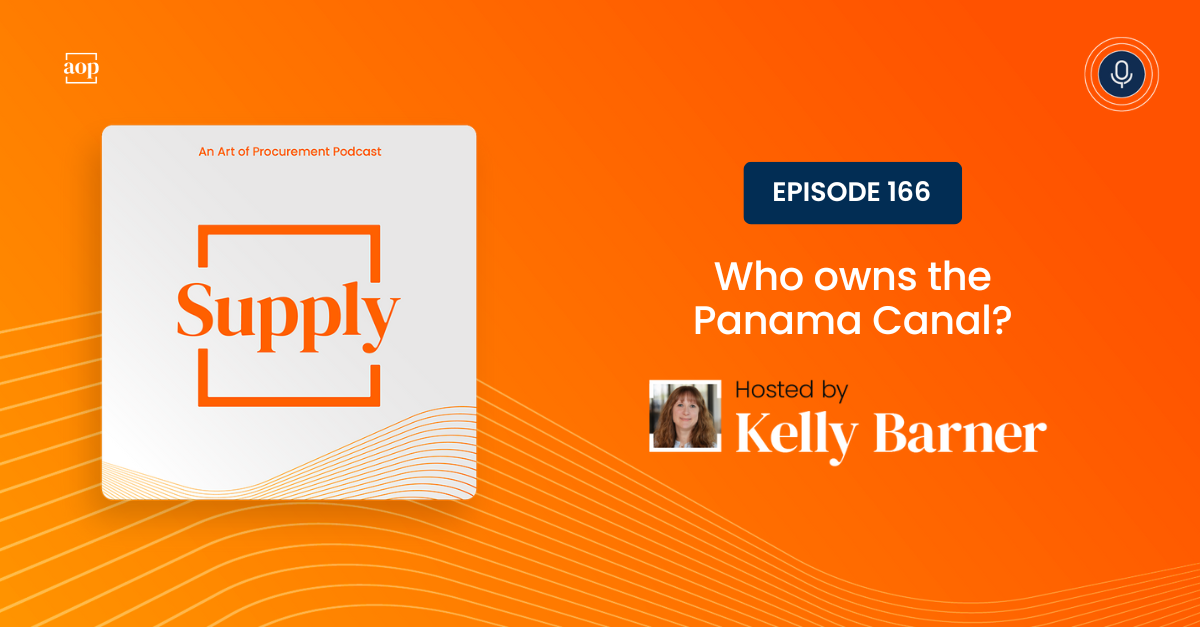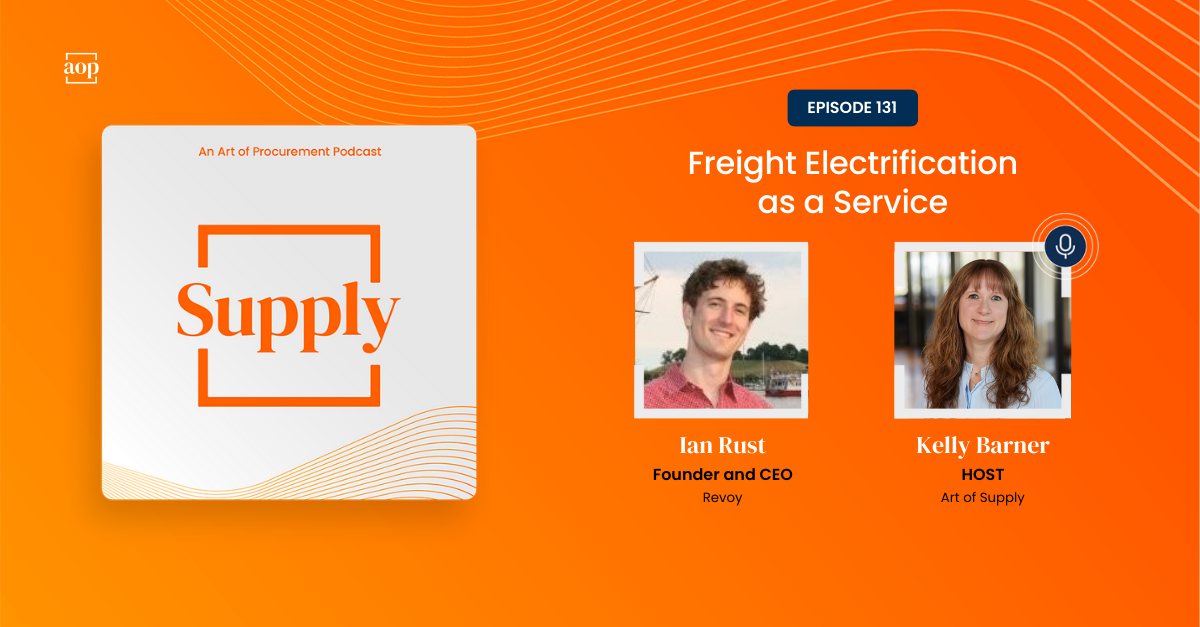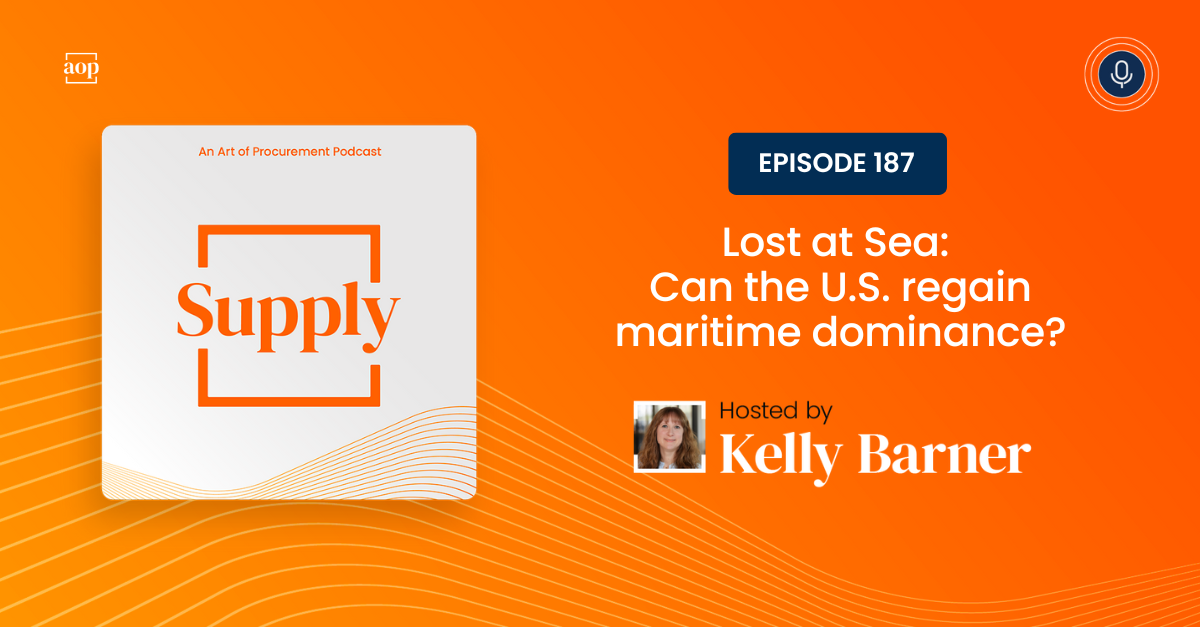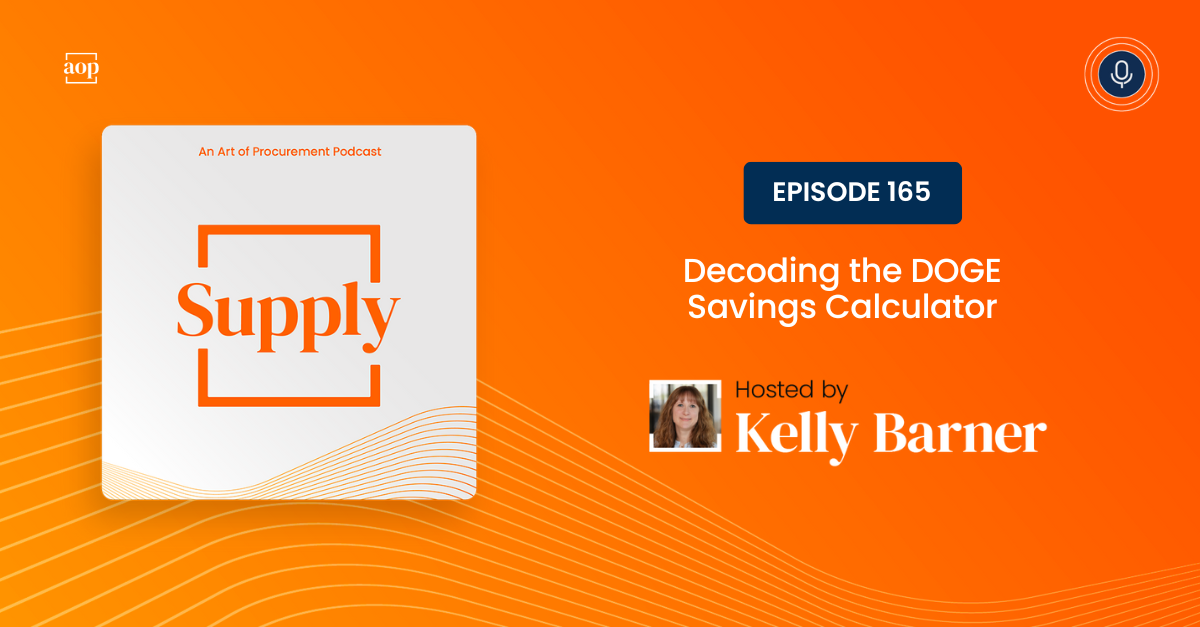
The Panama Canal is owned and operated by the country of Panama, but that ownership and operation does not extend to the ports that bookend it.
In this episode of Art of Supply, I’ll put together a series of recent news stories about the canal and nearby ports in the context of geopolitics.
Making a Deal
On March 4th, a deal was announced. It will transfer ownership of two of the largest ports on either side of the Panama Canal. The ports will move from Hong Kong-based CK Hutchinson to U.S.-based BlackRock.
Balboa sits on the Pacific side of the canal. Cristóbal sits on the Atlantic side.
The transfer of these two ports has generated the most press about the deal. But they actually represent a very small part of what BlackRock bought.
Although the transfer of these two ports has by far generated the most press surrounding the deal, they actually represent a very small part of what BlackRock acquired.
BlackRock was already the world’s largest asset manager, with $11.6 Trillion under their watch. They have agreed to pay $22.8 Billion for 44 global ports, bringing the total number of ports they operate to about 100. Amazingly, this massive deal only took a month to put together - but the wind was at BlackRock’s back.
Panama had just announced a plan to audit the CK Hutchinson contract, with the country’s Attorney General believing it was unconstitutional.
CK Hutchinson originally took over the two ports in 1997. When their contract was renewed for another 25 years in 2021, they faced no scrutiny and no competition; the contract was simply autorenewed, leading to questions about its appropriateness.
Dry Spell
The canal has had a rough few years, with changes in both rates and throughput. In 2023, a severe drought in 2023 led to a 30 percent drop in traffic and caused major backups at the canal. Some ships paid as much as $4 Million to jump to the front of the line.
In 2024, the canal earned nearly $5 Billion in total revenue. According to IDB Invest, almost a quarter of Panama’s annual income is derived from the canal and companies that provide services related to canal operations.
There are four major ports near the Panama Canal, and assuming the BlackRock deal goes through, three of them will be owned and operated by U.S.-based companies. There are three ports on the Atlantic side: the Port of Manzanillo, Port of Cristóbal, and Port of Colon, which is owned by a Taiwanese company. There is one major on the Pacific side, the Port of Balboa, which will be owned by BlackRock.
The two ports that BlackRock will acquire processed 40 percent of all traffic that went through the Panama Canal in 2024. The Balboa port is considered the most valuable because it serves the busy Asia to U.S. east coast route and also connects to the Panama Canal Railway.
A History of Tension
The Panama Canal has been a source of diplomatic tension for years. In the years after WWII, the people of Panama increasingly felt that they should own and operate the canal.
The Torrijos-Carter Treaties, signed by President Jimmy Carter in 1977, gradually handed control of the canal over to the country of Panama - finishing with a full and final hand off at the end of 1999.
Before the handover, the government of Panama held an international bid to see who would operate the ports that are now being transferred to BlackRock. So although the canal has a long history, there have actually been very few players involved.
CK Hutchinson and BlackRock have stated that they hope to sign definitive documents by April 2nd, and after that multiple regulators will need to give their consent. So this deal isn’t over yet, but it is another example of how intertwined our supply chains are with geopolitics and economics.




